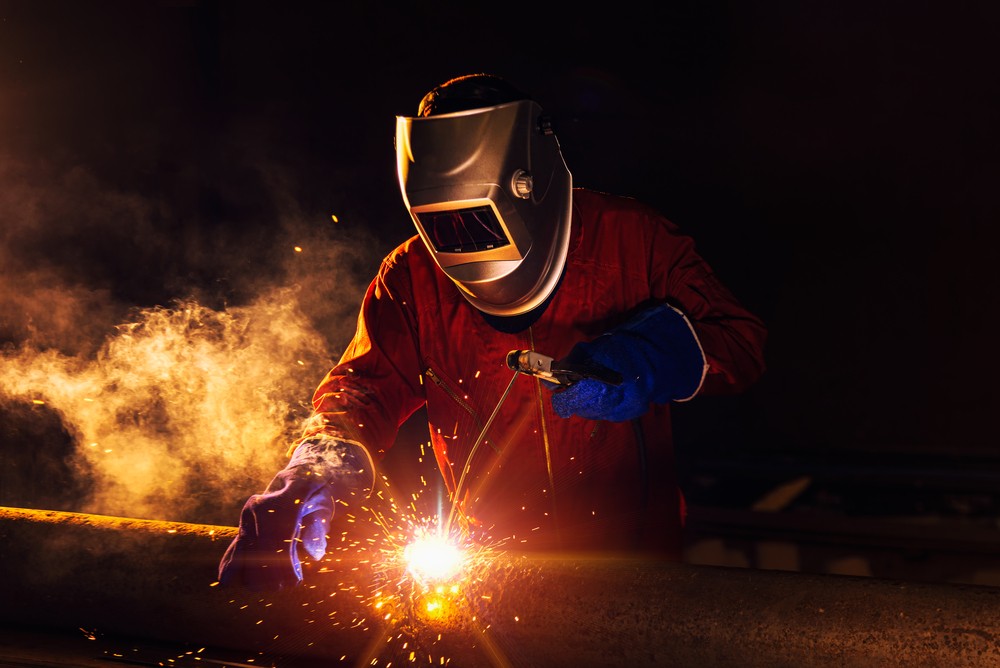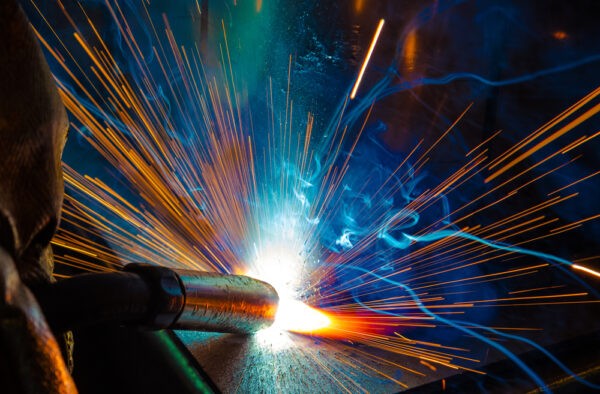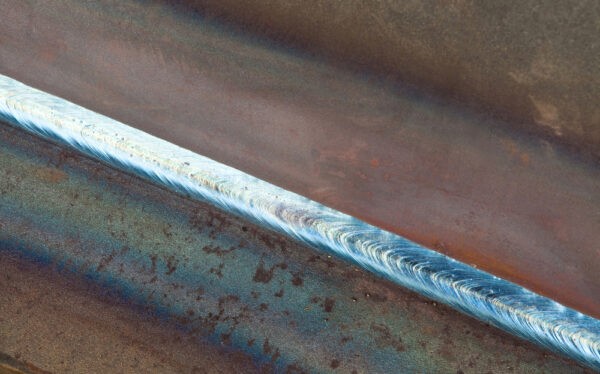Welding Techniques for Industrial Equipment Repair

Industrial equipment is the backbone of countless industries. When these machines break down, production can grind to a halt. This leads to protracted downtime, especially when a stock solution isn’t readily available. In situations without structural damage — where a one-to-one replacement part is unavailable — welding repairs can often restore equipment to functionality quickly and cost-effectively.
Welding techniques
Welders for industrial equipment repairs utilize a variety of techniques depending on the specific needs of the job. Here are some of the most common methods:
- Shielded metal arc welding (SMAW): Also known as stick welding, SMAW uses a consumable electrode covered in flux. The flux creates a protective slag over the weld pool, shielding it from contamination. SMAW is a versatile and portable method, making it ideal for field repairs and working on thick materials. It requires more skill from the welder and can be slower compared to other techniques.
- Gas tungsten arc welding (GTAW) or TIG welding: This process utilizes a nonconsumable tungsten electrode and inert gas to create a clean and precise weld. TIG welding offers excellent control and weld quality, making it suitable for thin materials and delicate components like pipes and critical equipment parts. TIG welding is a slower process, and it also requires significant skill from the welder.
- Gas metal arc welding (GMAW) or MIG welding: GMAW employs a continuous wire electrode, which feeds automatically, and a shielding gas to protect the weld. This method offers a fast and efficient way to create high-quality welds with minimal spatter. MIG welding is ideal for sheet metal applications and repetitive welds encountered in industrial equipment repair. But it requires a constant supply of shielding gas, limiting its use in some environments.
- Flux-cored arc welding (FCAW): FCAW offers a faster alternative to SMAW. It utilizes a self-shielded or gas-shielded flux-cored wire that produces a slag layer for protection. FCAW offers good penetration and can be used outdoors, making it suitable for filling gaps and working on thicker materials in industrial equipment repair. It can generate more spatter compared to MIG welding, and it requires careful selection of the appropriate flux-cored wire for the specific application.

Choosing the best technique
Choosing the right welding technique for your repair depends on several factors. Material thickness, accessibility of the weld area, welding position, and the required properties of the finished weld are all crucial considerations. Consulting a qualified welding professional is highly recommended to determine the best approach for specific equipment repair needs.
The right welding technique ensures a successful repair, minimizing downtime and keeping your industrial equipment operating at peak performance. By employing skilled welders equipped with the appropriate techniques, industrial equipment repair can breathe new life into your machinery, saving you time and money.

A good weld can make all the difference
Sometimes, industrial repairs fall outside the scope of a simple part replacement. When the solution involves a custom weld, having a qualified welder behind the torch makes all the difference. A steady hand, the right technique, and a clear understanding of the fabricated solution can functionally restore essential equipment — even when there’s no stock solution.